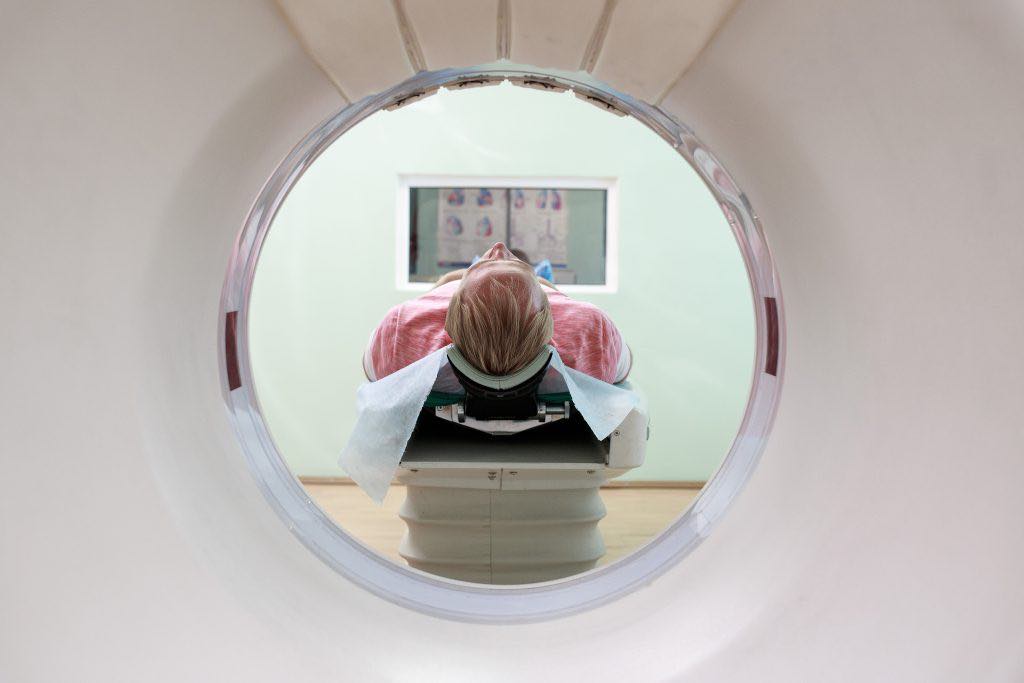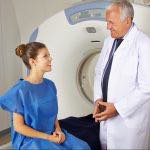A positron emission tomography (PET) scan is a diagnostic imaging test used to examine the inner workings of a patient’s organs and tissues. Before a PET scan, the patient is given a radioactive tracer. This tracer travels through the body and gathers in areas with high levels of chemical activity. Due to the presence of the tracer, these areas show brightly in the images created during the scan. This gives your physician a unique view of the function of your organs.
A PET scan can be used to detect and evaluate certain types of cancer and brain disorders. It can also point out areas of decreased blood flow to the heart. A PET scan can help your doctor evaluate your body’s structures and functions at a cellular level. Because of this, it can be used for early detection of certain diseases.
PET scans are typically done at an outpatient center, and most people may go home immediately after the procedure. You will be awake during your scan. However, your physician may prescribe a mild sedative to help with claustrophobia or back pain. Finally, a radiologist will examine the images and send the results to your physician.
Are there alternatives to a PET scan?
A PET scan gives your physician insight into how your organs are functioning at a cellular level. If your doctor tells you that you need a PET scan, it’s probably because they need to measure something that other tests are less likely to pick up. This may include blood flow, oxygen intake, or glucose metabolism. There are two alternatives to a PET scan. However, you’ll want to check with your doctor to see if either are a good option for you.
- Magnetic Resonance Imaging — Magnetic resonance imaging (MRI) is an imaging test that uses radio waves and large magnets to take detailed images of the body’s organs and internal structures without the ionizing radiation needed for x-rays and CT scans.
- Computed Tomography — Computed tomography (CT or CAT) is an imaging test that uses x-ray technology to take a series of two-dimensional images of the patient’s body from different angles. The images are then combined to create a three-dimensional picture of the inside of the body that can be used by a physician to diagnose and assess the patient’s condition. Learn more about the differences between a PET scan and a CT scan.
The type of procedure you get will depend on your personal health and your doctor’s recommendations. Feel free to ask your doctor why they’re recommending any procedure. If you’re unsure about their recommendations, feel free to get a second opinion.
How much should you pay for your PET scan?
The cost of your PET scan will vary depending on where you live, whether you have health insurance, and a variety of other factors. However, it can be difficult to determine just how much those factors influence the price that you pay for your procedure. New Choice Health makes it easy for you by comparing cost data from healthcare facilities in your area. Visit New Choice Health’s PET scan cost information page to find a fair price for your procedure today.






